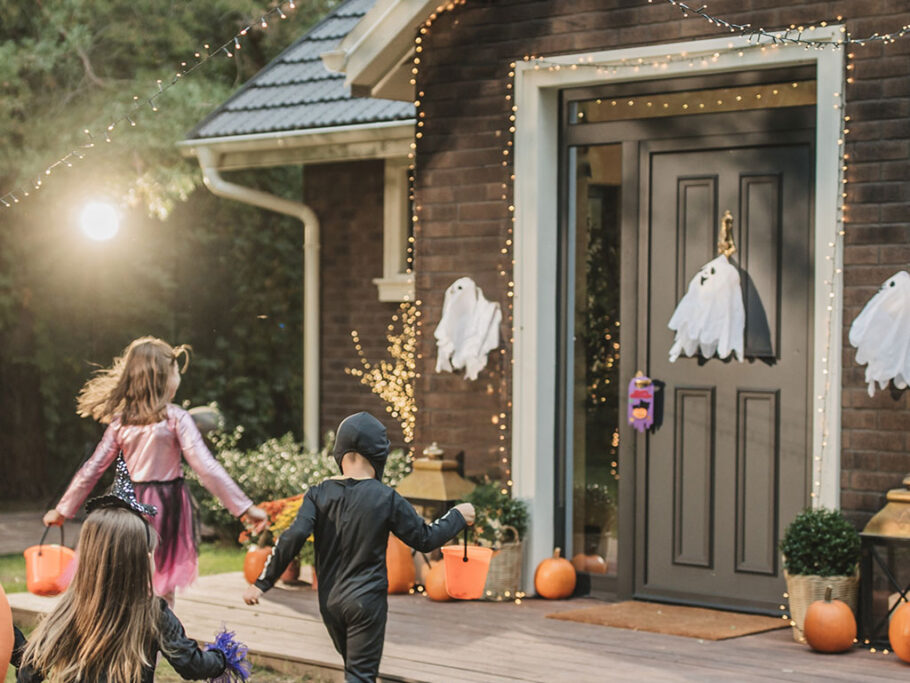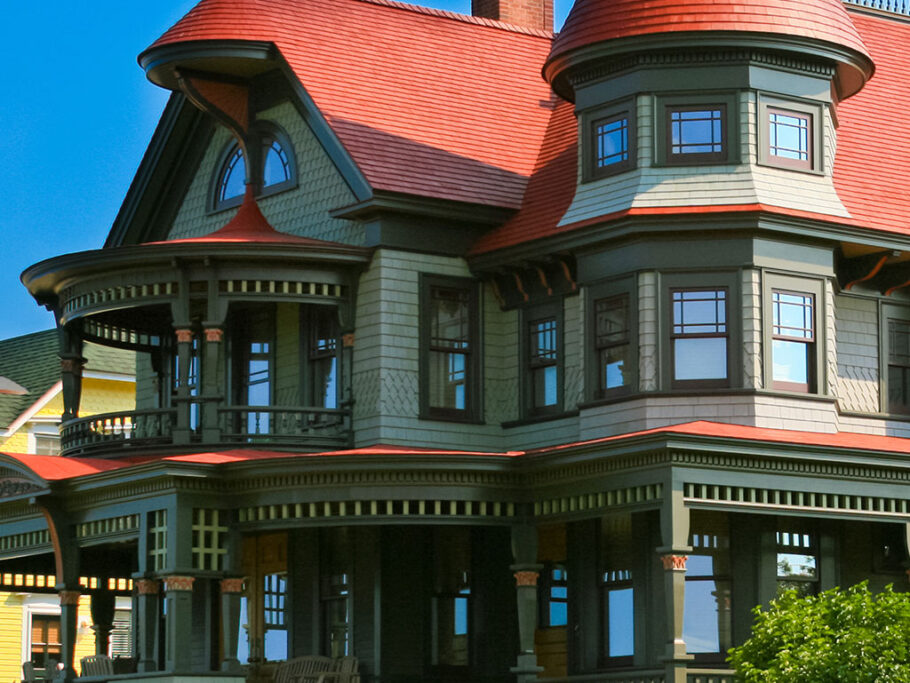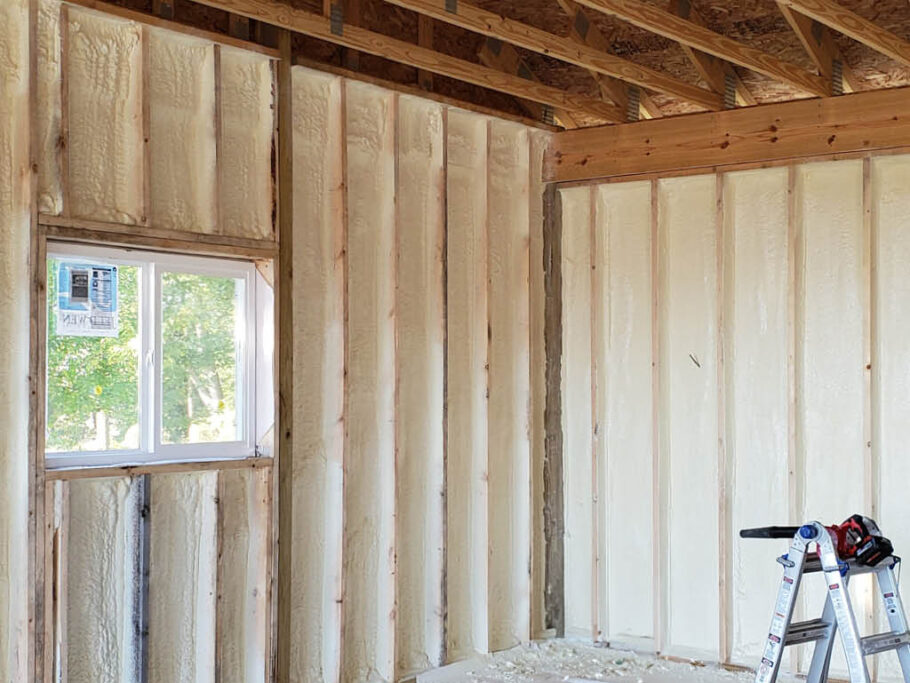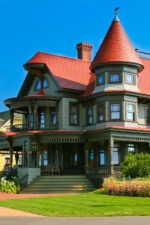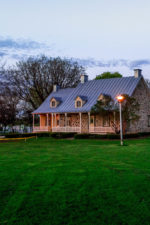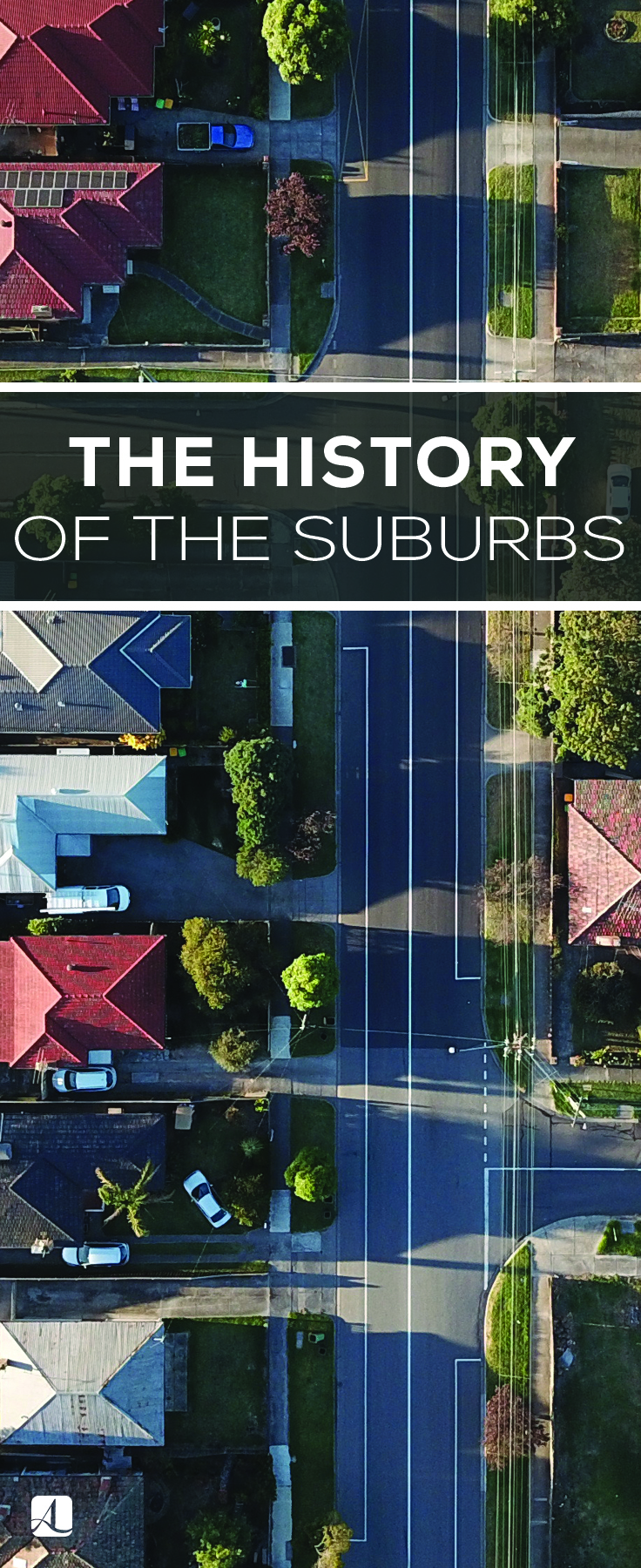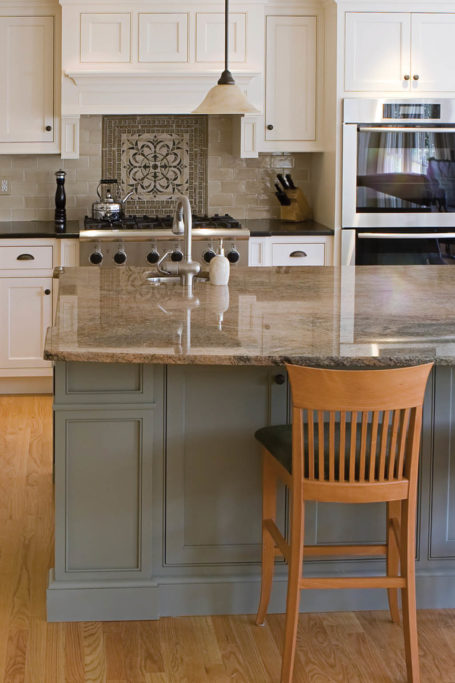How America’s Suburbs Have Changed
After World War II, America experienced a significant shift in the way many people were able to live. What was once defined as urban and rural living grew to include a new grey area in the middle—the suburbs.
Though commonplace today, America’s suburbs were once a revolutionary idea that afforded thousands of Americans the closeness and community of the city, without sacrificing the peace and quiet quaintness of the country.
Before long, suburbs began popping up on the outskirts of the majority of the biggest cities in the US. Post-war prosperity helped a large portion of the American middle class afford these homes, and by 2000, the suburbs had dramatically overtaken urban and rural areas in population.

Levittown, 1947
In 1947, Levitt and Sons produced the United States first planned community, which they dubbed Levittown, outside Long Island, NY. The company expanded to build thousands of homes during the Post-war period, predominately throughout the northeast. The original cost of a Levittown home was just a little over $7,000, with virtually no down payment.
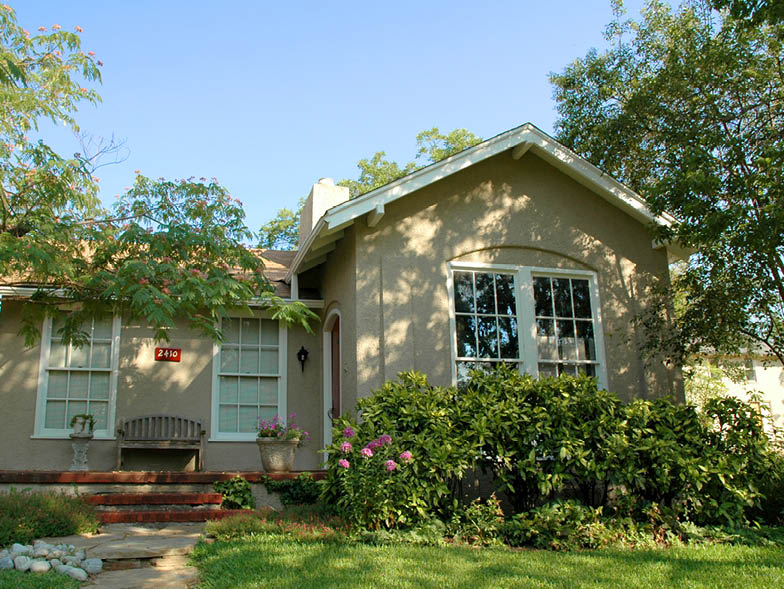
Suburbs of the Gold Coast
As more and more Americans began moving west, California saw a sharp increase in its demand for suburban housing. The Brady Bunch house might come to mind when we think of the advent of tract housing, and an overhead view of the state’s suburban communities paints a fairly uniform picture—long houses, each with a two-car garage, some with a pool, and highly manicured lawns.
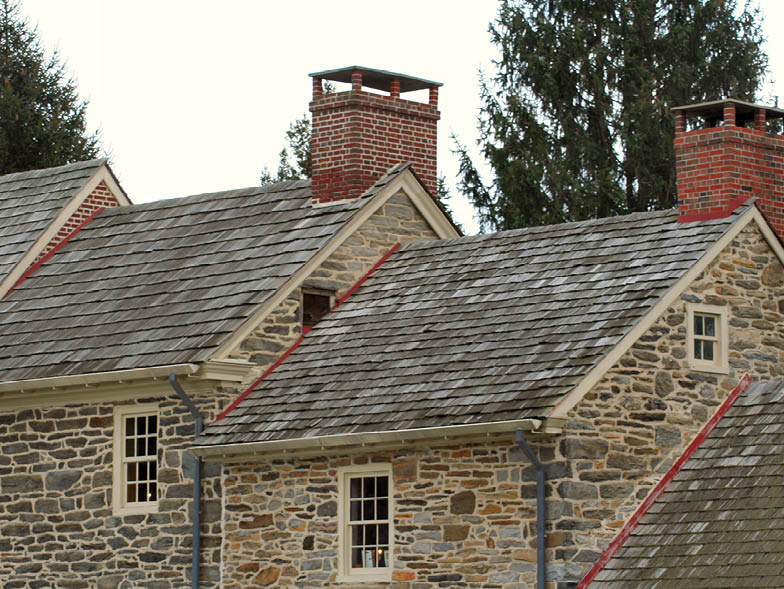
Suburban backlash
As early as the 1960s, many people were quick to analyze the negative aspects of suburban living—namely its conformity and lack of diversity and cultural amenities. The majority of people living in suburbs commuted to cities for work, and critics claimed the suburbs were merely a blind attempt at escaping urban living.

A millennial resurgence
By the turn of the twentieth century, the overwhelming majority of American’s lived in suburban areas. Though there is an increasing appeal toward city living for many young people, a lot of suburbs have also adapted to include more of the benefits of live in the city without neglecting the suburb’s appeal.




